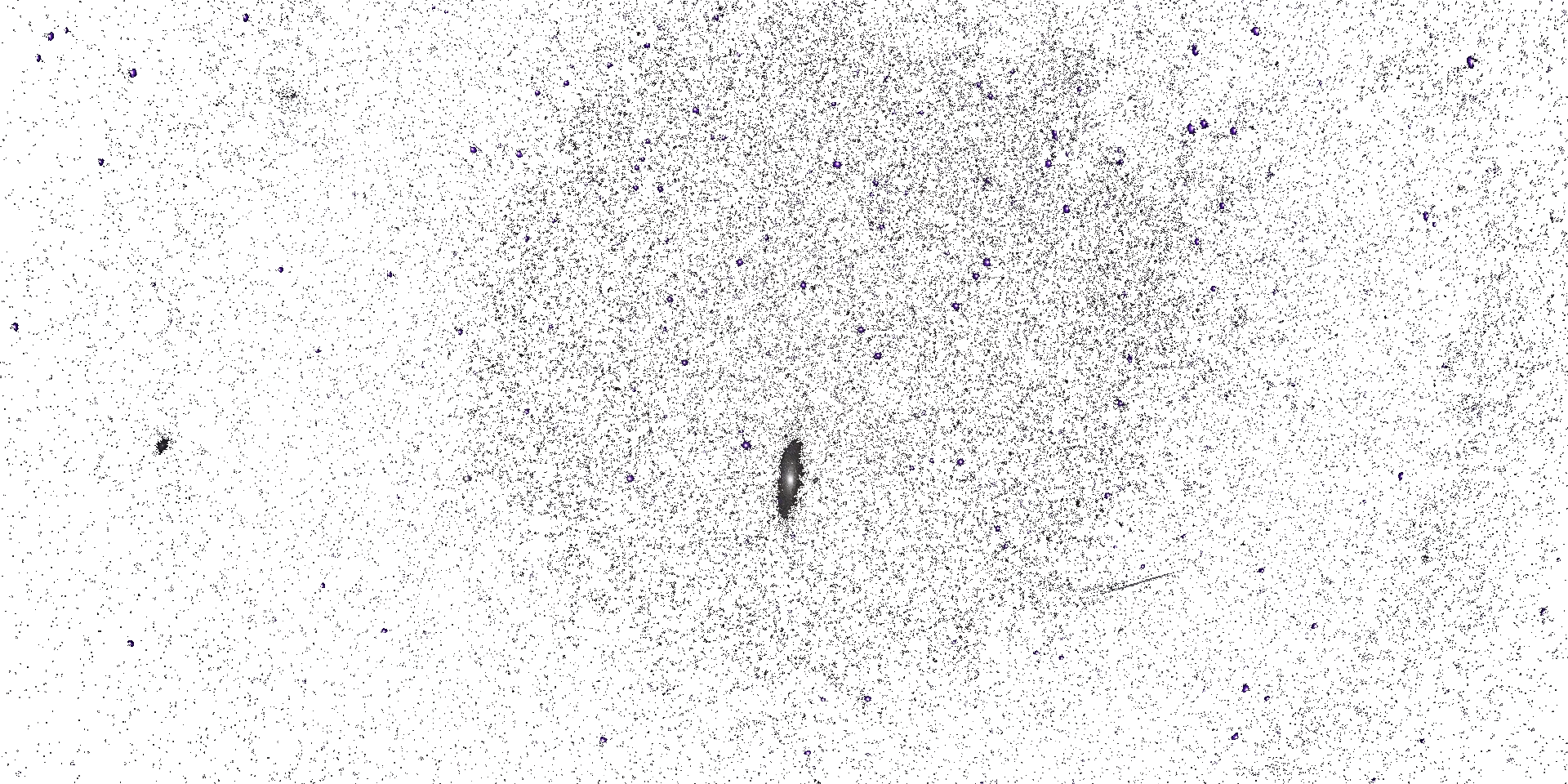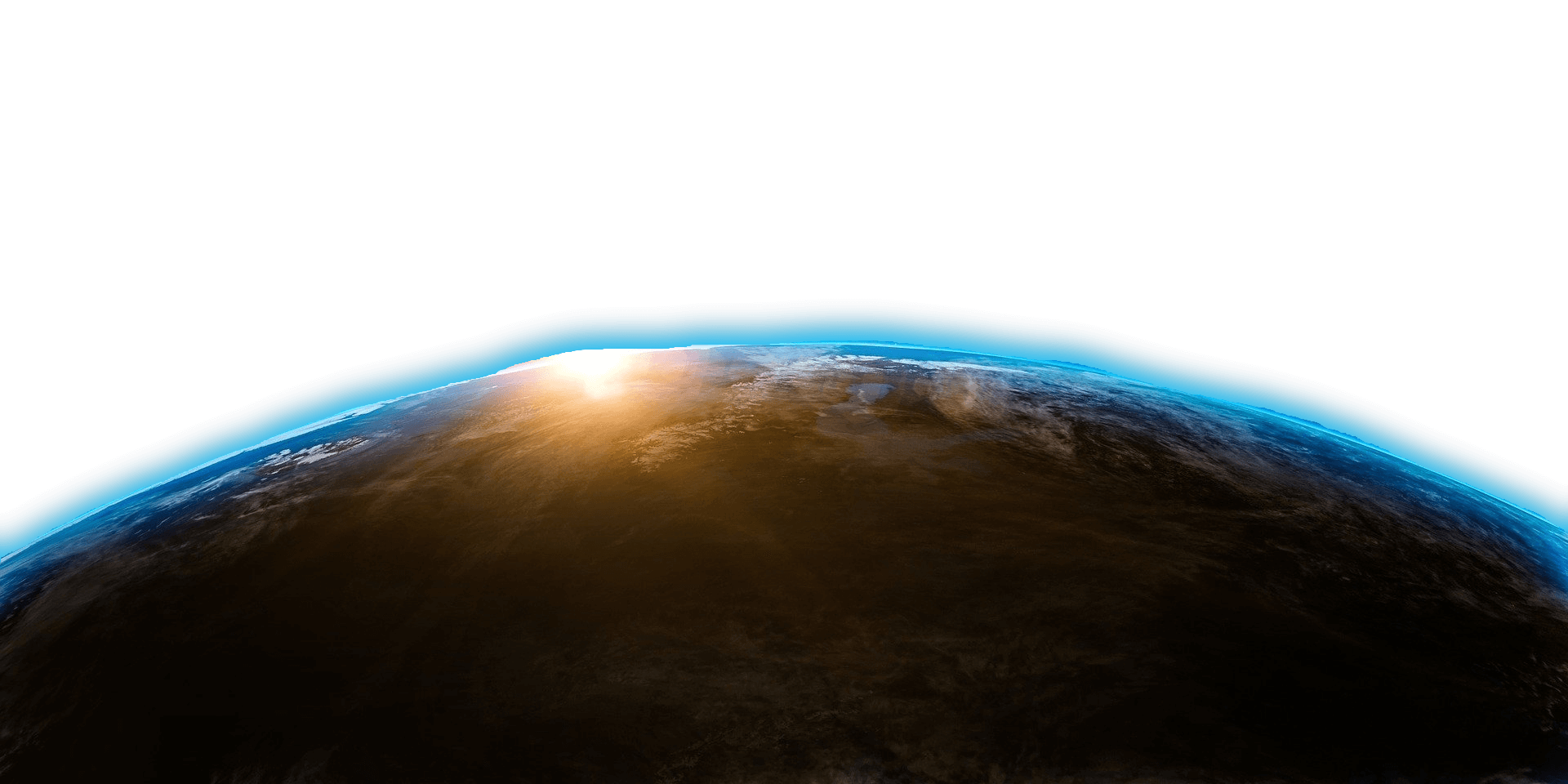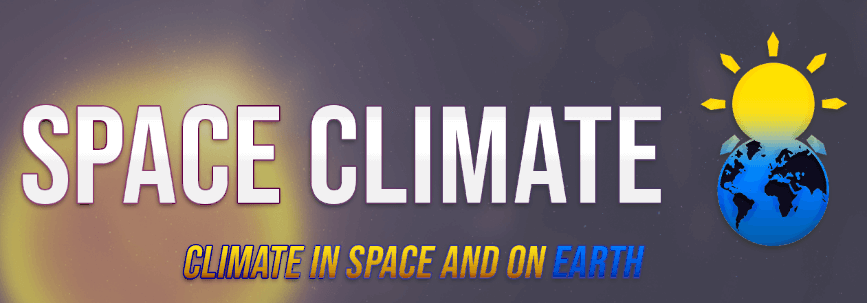




Space Climate 8 Meeting Abstract
The role of the polar vortex in Sun-Earth coupling via the descent of EPP-produced NOx
V Lynn Harvey (University of Colorado)
In the polar regions, the wintertime polar vortices play a critical role in both "bottom-up" atmospheric coupling via its modulation of planetary and gravity waves as well as "top-down" coupling via the transport of nitrogen oxides created by energetic particle precipitation. This talk will present the current state of understanding regarding the role of the polar vortex in coupling different atmospheric layers via both “bottom-up” and “top-down” processes. In particular, for “bottom-up” coupling, the polar vortices acts to vertically coupling the atmosphere from the ground to geospace by shaping the background wind field through which atmospheric waves propagate. For a variety of reasons, the geographic distribution of gravity wave (GW) activity depends on the strength and shape of the polar vortex. In the ionosphere, the frequency of occurrence of traveling ionospheric disturbances is linked to this GW activity and to polar vortex strength. For “top-down” coupling, energetic particle precipitation (EPP) generates nitrogen oxides (NOx=N+NO+NO2) in the mesosphere-lower thermosphere polar regions. In the wintertime, the polar vortices play a key role in downward coupling the thermosphere to the stratosphere by focusing the descent of EPP-NOx within its interior. State-of-the-art global climate models severely underestimate EPP-NOx transport during disturbed Arctic winters. Recent results demonstrate the role of Lagrangian Coherent Structures at mesopause altitudes in focusing the descent of EPP-NOx into the top of the polar vortex. Both upward and downward coupling processes will be elucidated by showing examples in observations and in whole atmosphere models. Outstanding questions and future directions will be discussed.
